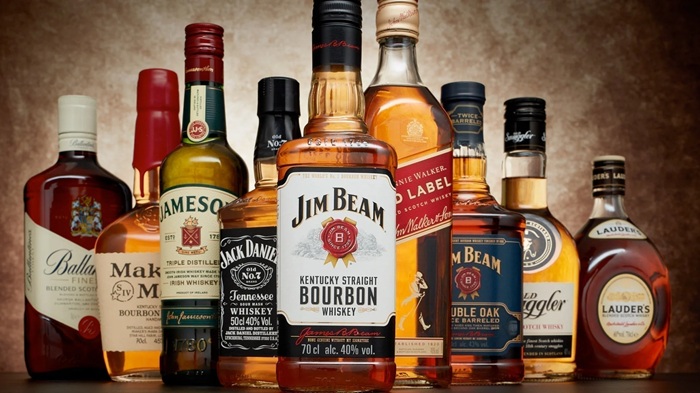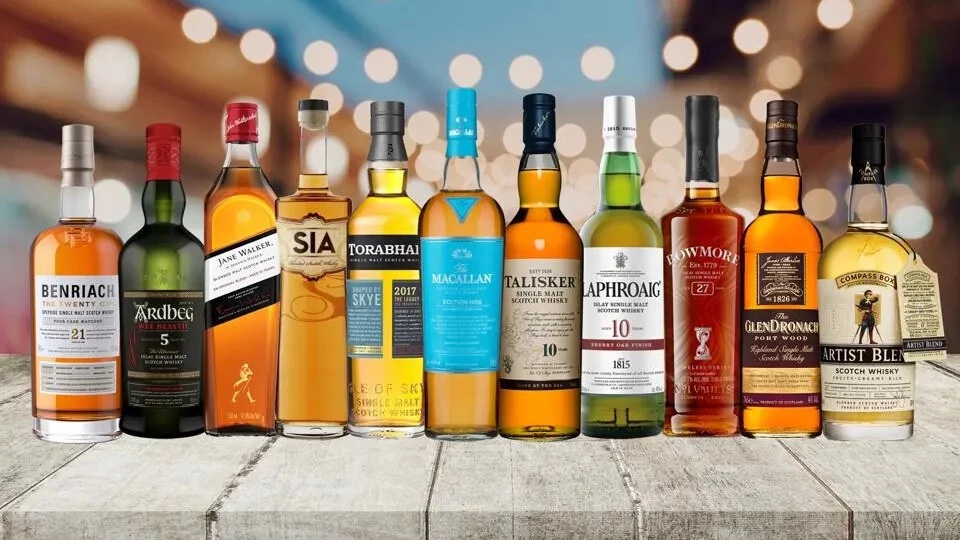As someone who loves whiskey, I take every chance I can to learn a little bit more about it. Whiskey is more than just a drink, it’s history, culture, and craftsmanship in a glass. Let’s explore the origins, styles, production process, and flavors that make whiskey one of the world’s most celebrated spirits.
The Origins of Whiskey
Whiskey’s spiritual home is Scotland, where it has been crafted for centuries. Scotland’s single malts are legendary, but in modern times, countries like Japan and Australia have stepped up with distinctive styles of their own.
Meanwhile, the United States and Canada are renowned for producing smooth, spicy blends and grain-based whiskies, showing just how diverse this spirit can be.
The Three Main Whiskey Styles
Single Malt Whiskey
Considered the pinnacle by many connoisseurs, single malt whiskey is made at one distillery using only malted barley. This method captures the unique flavors of its region.
While Scotland still holds the crown for world-class single malts, Japan and Australia are now producing highly acclaimed versions.
Grain Whiskey
Any whiskey made from grains other than malted barley—such as corn, wheat, or rye—is considered grain whiskey. Most American whiskies fall into this category. For example:
Bourbon must contain at least 51% corn.
Rye whiskey must contain at least 51% rye.
Blended Whiskey
Blends are often the gateway into whiskey. Known for their smooth, consistent taste, they are created by mixing 10–30% single malt with 70–90% grain whiskey.
Affordable blends lean heavily on grain whiskey, while premium blends boast higher percentages of malt for added depth and richness.
Whiskey vs. Whisky: What’s in a Name?
If you’ve browsed whiskey blogs or bottle labels, you’ve probably seen both spellings—whisky and whiskey. The difference is mostly regional:
- Whisky: Scotland, Canada, Japan, Taiwan, Wales, and Australia.
- Whiskey: Ireland and the United States.
The variation dates back centuries. The spirit was originally called aqua vitae (“water of life” in Latin). When translated into Irish and Scottish dialects, the spelling split slightly. Irish immigrants later carried the “e” spelling to America in the 18th century, cementing the distinction.
How Whiskey Is Made
The process of making whiskey is as much science as it is art. Here’s a simplified breakdown:
Malting – Raw grain is soaked in warm water to trigger sprouting, then dried in a kiln to stop germination.
Mashing – The malt is ground and mixed with water to release sugars, creating a liquid called wort.
Fermentation – Yeast is added to the wort, turning sugars into alcohol. The result is a “wash.”
Distillation – The wash is distilled in stills to concentrate the alcohol.
Maturation – The spirit is aged in oak barrels for years, developing flavor and complexity.
Bottling – Once matured, the whiskey is filtered, bottled, and ready for drinking.
Flavor Factors: What Shapes the Taste of Whiskey
Peat and Smoky Accents
Many Scotch whiskies owe their smoky character to peat. Which is a fuel made from decayed plant matter. When malt is dried over a peat fire, the smoke penetrates the grain, creating bold, earthy flavors.
Chill Filtration
Most whiskies are chill-filtered to prevent cloudiness when water or ice is added. However, this process can strip away some of the natural oils and flavors. Increasingly, distilleries are producing non-chill-filtered whiskies for those who prefer a richer, fuller taste.
The Science of Distillation
Distillation removes water and impurities, concentrating the alcohol.
- Single malt whiskies are usually distilled twice in copper pot stills, giving them a rich, oily texture.
- Irish whiskies are often distilled three times, resulting in a smoother finish.
- Grain whiskies and many American whiskies use large column stills, which are more efficient and produce a lighter texture.
The size and shape of the still also play a major role in determining a whiskey’s character.
The Final Word: It’s All About Taste
From smoky Islay single malts to smooth Kentucky bourbons, whiskey is a spirit that offers something for everyone. Whether you’re savoring a neat pour or mixing it into a cocktail, each sip tells a story of craftsmanship, tradition, and innovation.
So pour yourself a glass, explore different styles, and discover the world of whiskey one dram at a time.


COMMENTS